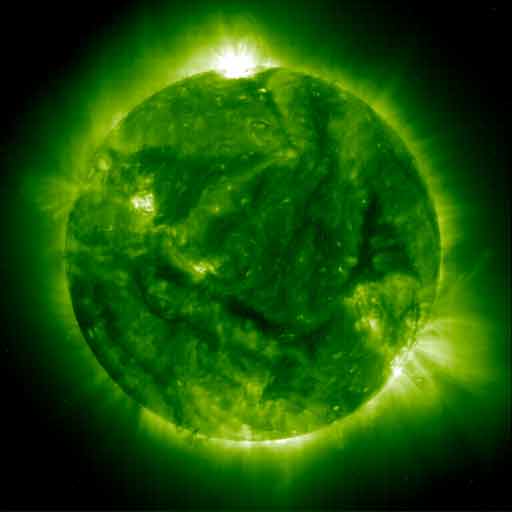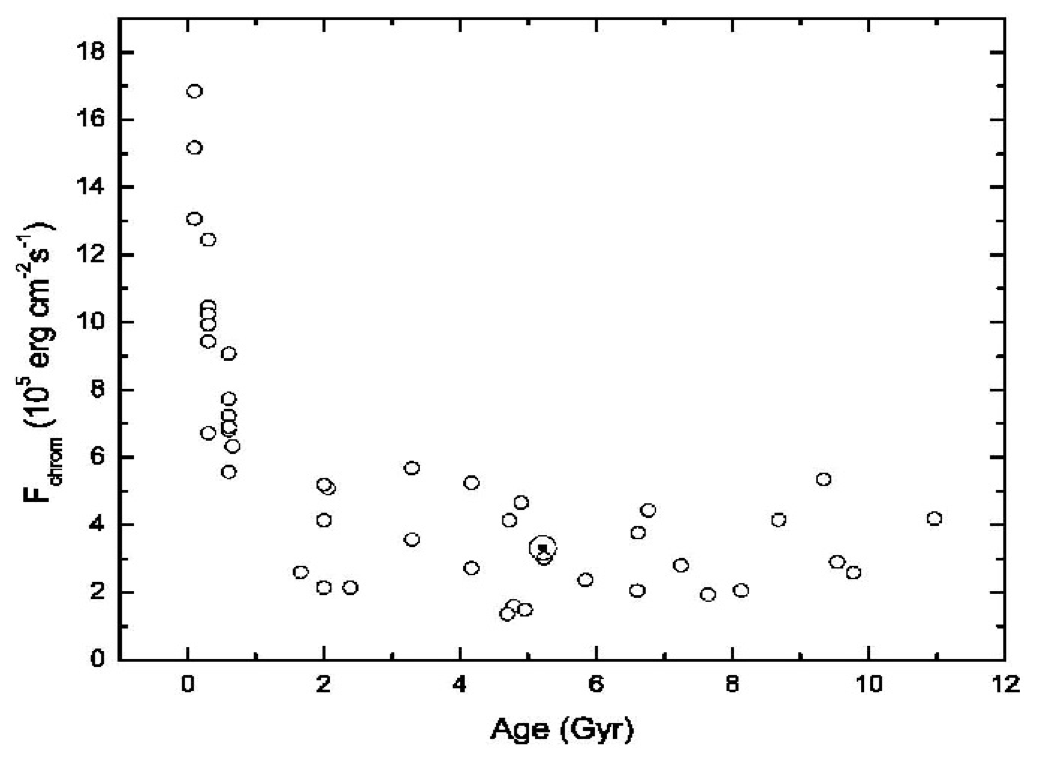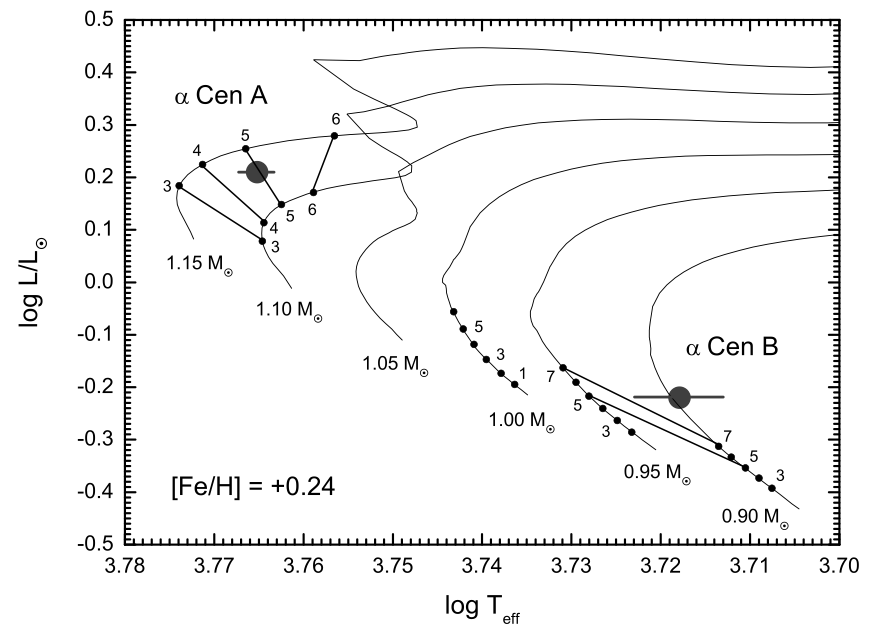Wladimir Lyra
Associate Professor
New Mexico State University
Department of Astronomy
PO Box 30001, MSC 4500 Las Cruces, NM 88003
wlyra - nospam - nmsu.edu
+1 575-646-1400

Menu:
Other works
My research experience comprises both observational and theoretical work. As an observer, I've published a paper on chromospheric activity of solar-type stars using high resolution spectroscopy (Lyra & Porto de Mello 2005), and a second one star formation, based on photometry of stellar open clusters (Lyra et al. 2006). My very first work was a detailed analysis of the Alpha Centauri binary system, deriving chemical abundances, masses and ages. These works are detailed below.
Star formation
 |
 |
Ages derived from the low mass stars still contracting onto the main sequence often differ from ages derived from the high mass ones that have already evolved away from it. In this work we investigated the general claim of disagreement between these two independent age determinations by presenting UBVRI photometry of the young galactic open clusters NGC 2232, NGC 2516, NGC 2547 and NGC 4755, spanning the age range ~10-150 Myr. The LHS figure shows NGG 2516, also known as the Southern Pleiades.
We derived reddenings, distances and nuclear ages by fitting ZAMS and isochrones to color-magnitudes and color-color diagrams. To derive contraction ages, we used four different pre-main sequence models, with an empirically calibrated color-temperature relation to match the Pleiades cluster sequence. When using exclusively the V vs. V-I color-magnitude diagram and empirically calibrated isochrones, there is consistency between nuclear and contraction ages for the studied clusters (RHS figure). Although the contraction ages seem systematically underestimated, in none of cases they deviate by more than one standard deviation from the nuclear ages. The work was mentioned in Virginia Trimble's Astrophysics in 2006.
Publication: Lyra et al. (2006), A&A, 453, 101 [arXiv] [ADS]
Stellar Activity
 |
 |
Chromospheric activity is usually measured by the emission in CaII H & K lines. In this work, we
presented a calibration of H-alpha as both chromospheric diagnostic and age indicator. The chromospheric
diagnostic was built with a statistically significant sample, including 175 solar neighborhood stars. For the
age indicator, we used stars from clusters and kinematic groups, whose ages are better determined. The age
vs activity relation in H-alpha is shown in the RHS figure. An exponential decay is seen, leveling at < 2 Gyr.
Publication: Lyra & Porto de Mello (2005), A&A, 431, 329. [arXiv] [ADS]
Stellar Atmospheres
 |
 |
The alpha Centauri binary system, owing to its duplicity, proximity and brightness, and its components'
likeness to the Sun, is a fundamental calibrating object for the theory of stellar structure and evolution
and the determination of stellar atmospheric parameters. This role, however, is hindered by a considerable
disagreement in the published analyses of its atmospheric parameters and abundances. In this work we presented
a new spectroscopic analysis of both components of the alpha Centauri binary system, and compared results from
other published analyses. The LHS figure shows the element abundances in a box-and-whiskers plot of all
published analyses up to this work. The spread is of 0.1 dex in metallicity among published works.
The analysis is differential with respect to the Sun, based on high-quality spectra, and employed spectroscopic and photometric methods to obtain as many independent Teff determinations as possible. The atmospheric parameters are also checked for consistency against the results of the dynamical analysis and the positions of the components in a theoretical HR diagram. We discuss possible origins of discrepancies, concluding that the presence of NLTE effects is a probable candidate, but we note that there is as yet no consensus on the existence and cause of an offset between the spectroscopic and photometric Teff scales of cool dwarfs. The spectroscopic surface gravities also agree with those derived from directly measured masses and radii. The abundance pattern can be deemed normal in the context of recent data on metal-rich stars. The position of alpha Cen A in an up-to-date theoretical evolutionary diagram (RHS figure) yields a good match of the evolutionary mass and age with those from the dynamical solution and seismology.
Publication: Porto de Mello et al. (2008) A&A, 488, 653. [arXiv] [ADS]